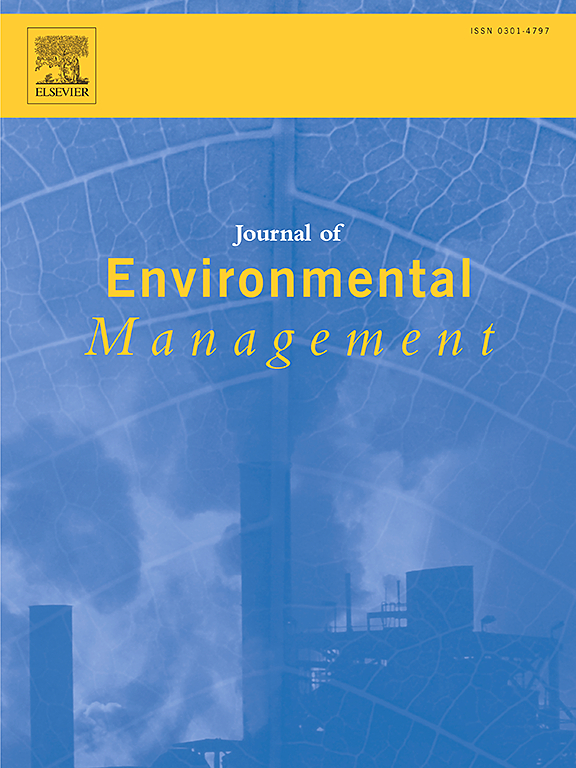Microbial augmented aerobic composting for effective phthalates degradation in activated sludge
IF 8
2区 环境科学与生态学
Q1 ENVIRONMENTAL SCIENCES
引用次数: 0
Abstract
Phthalate esters (PAEs) accumulated in activated sludge posed serious threats to agroecosystems and environment. Traditional aerobic (AE) and anaerobic (AN) composting were limited in achieving sustained PAEs degradation due to the single structure of microbial community. Here, the effectiveness and microbiological mechanisms of bacterial-augmented aerobic composting (AEB) in reducing activated sludge PAEs were investigated, with comparison of anaerobic composting (ANB). Results showed that AEB treatments significantly enhanced PAEs degradation efficiency through batch degradation experiments and microbial community analysis. At initial PAEs contamination levels of 50 mg/kg and 100 mg/kg, di-n-butyl phthalate (DBP) and di(2-ethylhexyl) phthalate (DEHP) removal rates increased by 2.11–3.93-fold and 2.18–3.36-fold, respectively. Notably, AEB treatment reshaped bacterial community structure, forming communities dominated by efficient PAEs-degrading bacteria. Network analysis revealed a more complex microbial interaction networks under AE treatment, with the numbers of node and connectivity being 1.5 and 1.8 times than that of AN treatment. Functional gene prediction indicated increased abundances of PAEs degradation-related functional groups. Environmental factor analysis demonstrated optimized conditions through pH control, oxygen supply, and active carbon-nitrogen metabolism. These findings provided important supports for safe activated sludge disposal and resource utilization.

求助全文
约1分钟内获得全文
求助全文
来源期刊

Journal of Environmental Management
环境科学-环境科学
CiteScore
13.70
自引率
5.70%
发文量
2477
审稿时长
84 days
期刊介绍:
The Journal of Environmental Management is a journal for the publication of peer reviewed, original research for all aspects of management and the managed use of the environment, both natural and man-made.Critical review articles are also welcome; submission of these is strongly encouraged.
 求助内容:
求助内容: 应助结果提醒方式:
应助结果提醒方式:


